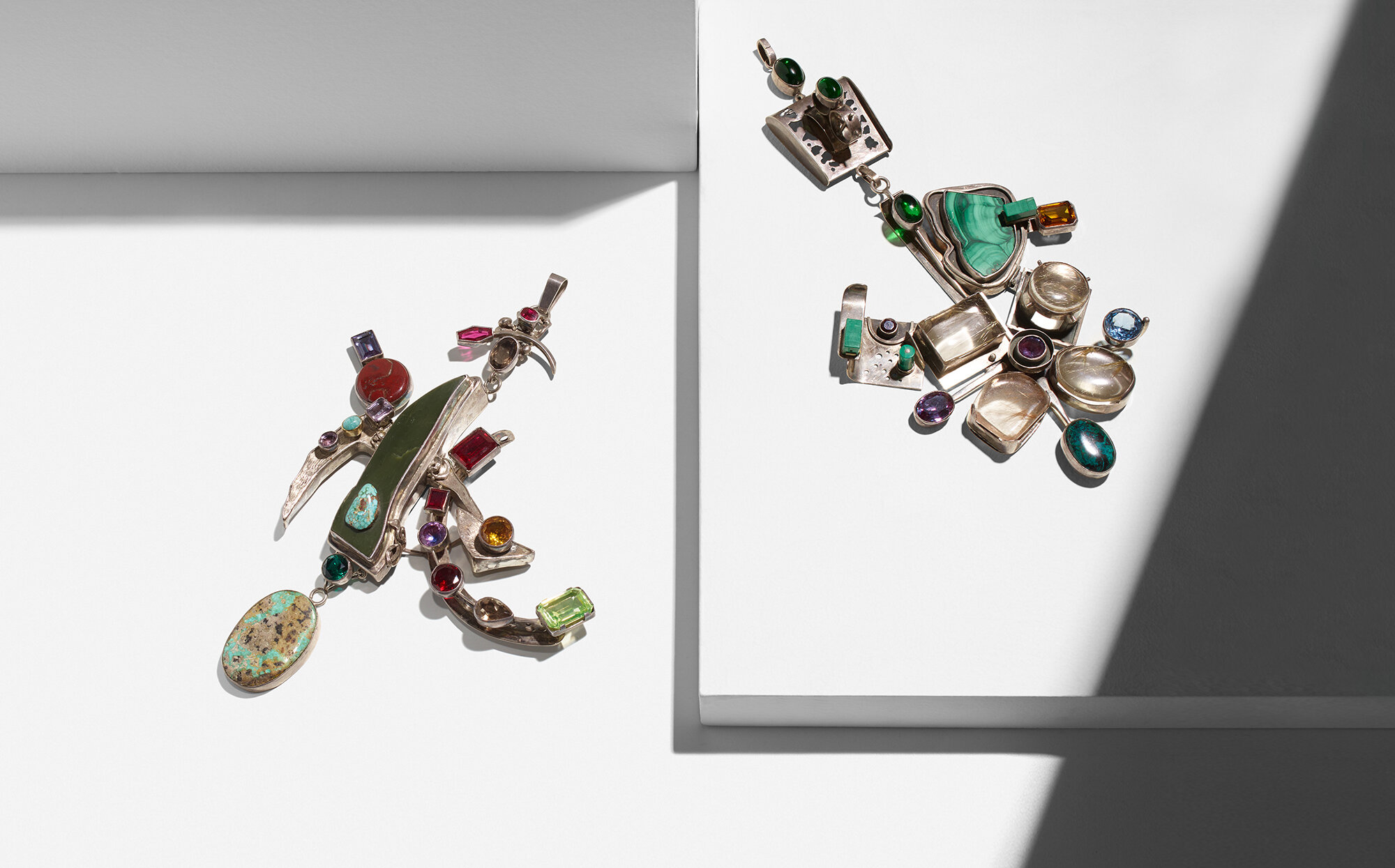142
142
The Netherlands, 2005
14 karat gold, resin, fiberglass 1¾ h × 2½ w × 1¾ d in (4 × 6 × 4 cm)
14 karat gold, resin, fiberglass 1¾ h × 2½ w × 1¾ d in (4 × 6 × 4 cm)
estimate: $2,000–3,000
result: $2,250
follow artist
Stamped to reverse '585'.
provenance: Rotasa Collection

















